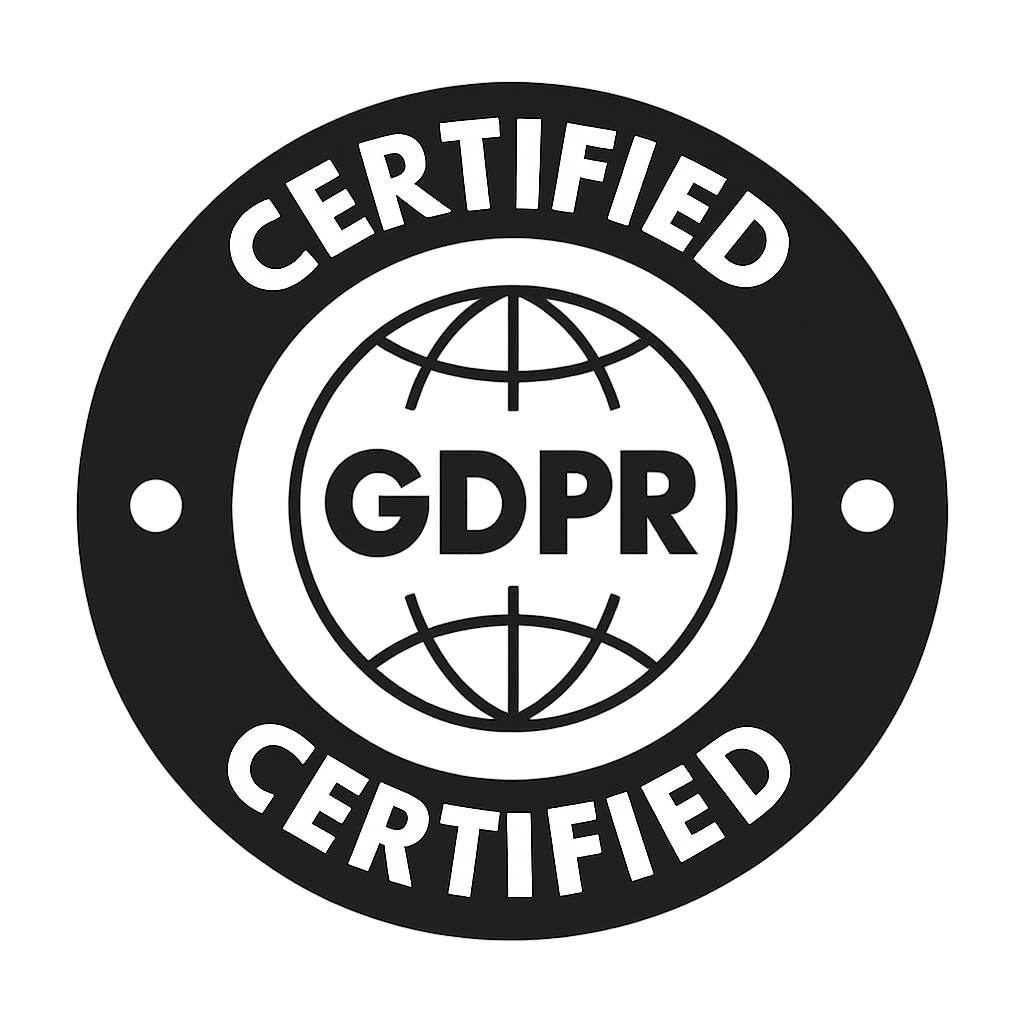Micro-agents marketers could build this week
The fastest wins with micro-agents that are narrow in scope, connect to one or two data sources, and produce a discrete outcome. Here were six practical micro-agents and how they work.
Lead Enrichment & Prioritisation Agent
- Purpose: Auto-enrich incoming leads, score them, and tag high-priority leads for immediate follow-up.
- Inputs: Form data, CRM history, third-party enrichment APIs (e.g., Clearbit), intent signals.
- Actions: Enrich profile, apply scoring rules, create tasks for AEs or schedule a follow-up email.
- Why it works: It removes the manual lookup step and reduces lead response time.
- Example metric: median lead-response time dropped from hours to minutes in pilot tests
Creative Micro‑Testing Agent
- Purpose: Produce and test micro-variants of creative (copy + image) across channels.
- Inputs: Brand templates, product feeds, historical performance signals.
- Actions: Generate 10–30 variants, run small-budget tests, promote winning variants and pause losers.
- Why it works: It automates iterative creative experiments without requiring a designer every cycle.
Localisation & Tone Agent
- Purpose: Translate and adapt copy for regional markets while preserving brand voice.
- Inputs: Source copy, locale rules, brand voice guide.
- Actions: Produce translated drafts, flag cultural issues for human review, publish once approved.
- Why it works: It reduces localisation turnaround and allows quicker A/B tests in local languages.
Conversational Follow-up Agent
- Purpose: Handle routine inbound queries and follow-ups via email, chat, or messaging apps.
- Inputs: Past conversation context, product FAQ, CRM status.
- Actions: Respond to simple queries, triage complex requests to humans, update CRM.
- Why it works: It keeps prospects warm outside business hours and captures structured data for reps.
Social Listening & Alert Agent
- Purpose: Monitor brand signals and surface urgency alerts.
- Inputs: Social streams, review sites, support tickets.
- Actions: Classify sentiment, detect emerging issues, notify comms with escalation priority.
- Why it works: It shortens time-to-response for PR or product issues.
Campaign Orchestration Micro-Agent
- Purpose: Coordinate cross-channel steps for a single campaign component (e.g., webinar sign-ups).
- Inputs: Registration data, ad performance, email engagement.
- Actions: Adjust spend, retarget non-responders, trigger personalised reminders.
- Why it works: It closes operational loops that otherwise require manual coordination.
How to integrate micro-agents into marketing operations
Micro-agents have to be treated like mini-products. we recommend a simple lifecycle and guardrails to marketing ops teams.
- Start small and instrument heavily: launch one micro-agent with a 4–6 week pilot and dashboards for primary and guardrail KPIs.
- Human-in-the-loop: require approval thresholds for outbound communications or offers (e.g., first 20 actions reviewed).
- Access & data contracts: limit each agent’s permissions (principle of least privilege) and document data sources and retention.
- Rollout pattern: regional sandbox → controlled ramp → full production. This approach has helped teams manage localisation and regulatory needs.
- Error handling & rollback: agents log decisions and provide one-click rollback where possible.
Tools and integrations
Most micro-agents do not require a bespoke LLM-backed agent platform to start. You could glue together existing APIs, workflow engines (e.g., Zapier, Make, or Mulesoft), your CRM and a model endpoint. For more advanced needs, an orchestration layer that supported multimodal inputs and audit logs will make scaling safer.
Case References
Retail loyalty pilot
A retailer piloted a localisation agent that adjusted push messaging by language (English, German), store hours and delivery windows. They had reduced churn in high-value segments because offers arrived at locally appropriate times.
Festival-ready creative agent
An ecommerce marketer in wanted thousands of festival-ready creatives across states and languages. A creative micro-agent generated localized banners and short copy variants, and sent them for quick legal and cultural review, then pushed winners to campaigns. This approach had massive efficiency gains but required human spot checks for cultural sensitivity.
Compliance-aware outreach
A B2B firm needed strict consent management. A lead-enrichment agent respected consent flags and only activated outreach micro-agents for consented contacts, ensuring regulatory alignment while automating routine follow-ups.
Measurement & business case
Teams measured uplift with clear pre/post KPIs: lead-response time, conversion rate, cost-per-acquisition, and time saved by staff.
At the macro level, firms were being nudged to experiment because global estimates continued to show large potential economic impact from AI.
Checklist: five practical next steps for marketing leaders
- Pick one high-friction use case and define the micro-agent’s single objective.
- Map required data sources and confirm permissions and residency constraints.
- Build a 4–6 week pilot with human-in-the-loop review and explicit KPIs.
- Limit agent permissions, set approval thresholds and enable comprehensive logging.
- Prepare rollback and escalation procedures and schedule regular review cadences.









